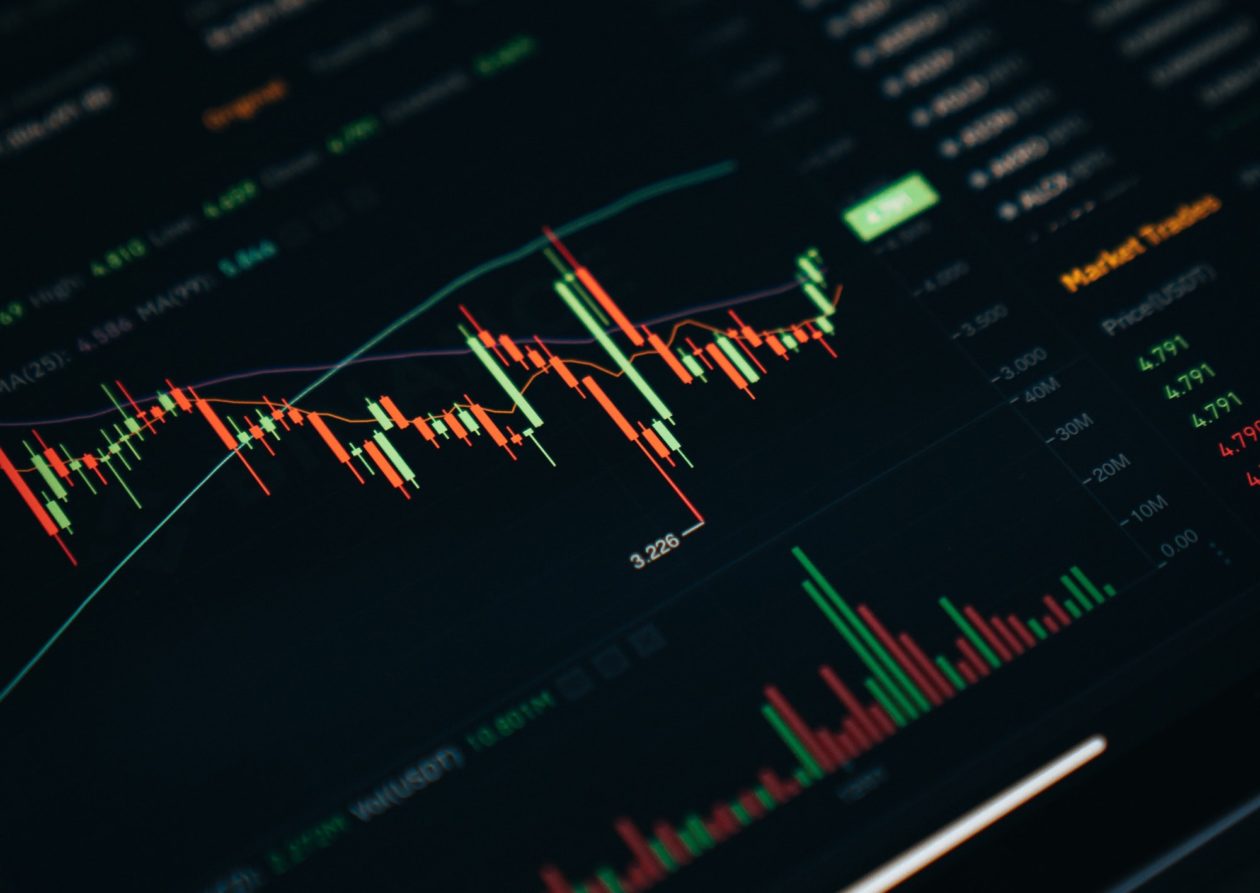Layer 1 blockchain Waves’ native cryptocurrency of the same name has dropped by more than 45% from an all-time high of US$61.30 on March 31 amid price manipulation allegations.
From US$18.96 on March 1, WAVES’ price surged over 220% to set an all-time high on March 31, defying the losses in the wider crypto market.
Meanwhile, Neutrino USD (USDN), the algorithmic stablecoin that is minted by locking and staking WAVES, lost its dollar peg and has traded for as low as US$0.76 on Monday, while it slightly recovered to trade at US$0.81 at press time.
This was after Twitter user 0xHamZ on March 31 alleged a Ponzi scheme underway by the Waves team. The user cited blockchain data to allege the Waves team borrowed USDT and USDC against USDN on Vires Finance, the largest decentralized finance (DeFi) lending protocol on the Waves blockchain. They then allegedly used the borrowed stablecoins to buy WAVES on exchanges such as Binance, the Twitter sleuth wrote.
WAVES were then staked on the DeFi market to mint USDN, which were then used to borrow more USDT and USDC in a continuous cycle.
“The Team has been recklessly pumping WAVES on borrowed money,” 0xHamZ tweeted.
Waves founder Sasha Ivanov dismissed the claims and pointed the finger at Alameda Research — a trading firm founded by FTX CEO Sam Bankman-Fried — for attempting to profit from WAVES shorts by organizing a hostile media campaign to trigger panic sales.
He cited a Bloomberg article that noted a sharp increase in WAVES supply on the Alameda-backed FTX exchange.
“They were the first to push the price on FTX, but after the position was closed with profit,” a subsequent short trade at opened failed as the price kept going up, Ivanov alleged on his verified Twitter handle. “Borrowing and FUD (a fear, uncertainty, and doubt campaign) had to bring the price down and make the short profitable,” Ivanov added.
Bankman-Fried brushed off the allegation, calling it an “[obvious] bullshit conspiracy theory.” Sam Trabucco, co-CEO of Alameda, responded to Ivanov’s allegations on Twitter, saying it took advantage of the funding rates at the cost of shorting WAVES.
To thwart the alleged price manipulation by Alameda, Ivanov launched a proposal on April 3 to limit the liquidation threshold for WAVES and USDN to 0.1%.
The Waves community criticized the proposal citing concerns about low liquidation limits potentially harming the holders of WAVES holders by forcing short-sellers to unwind their positions.
The proposal voting closes on April 10.





